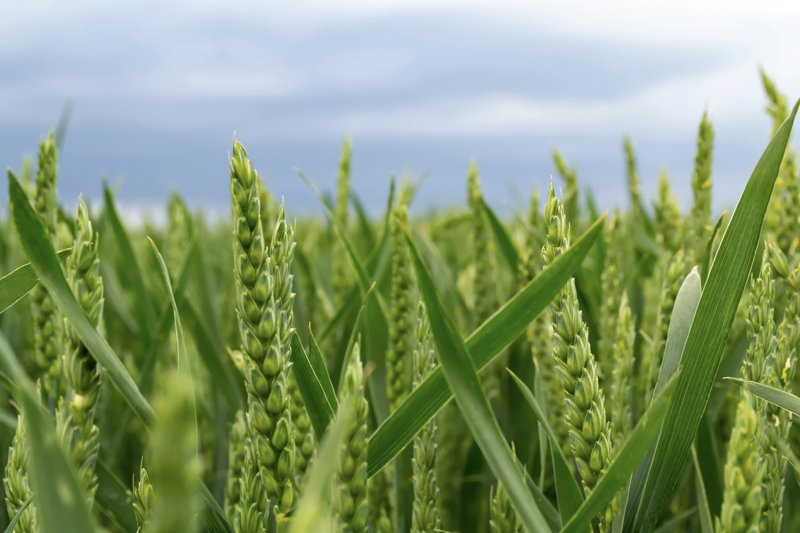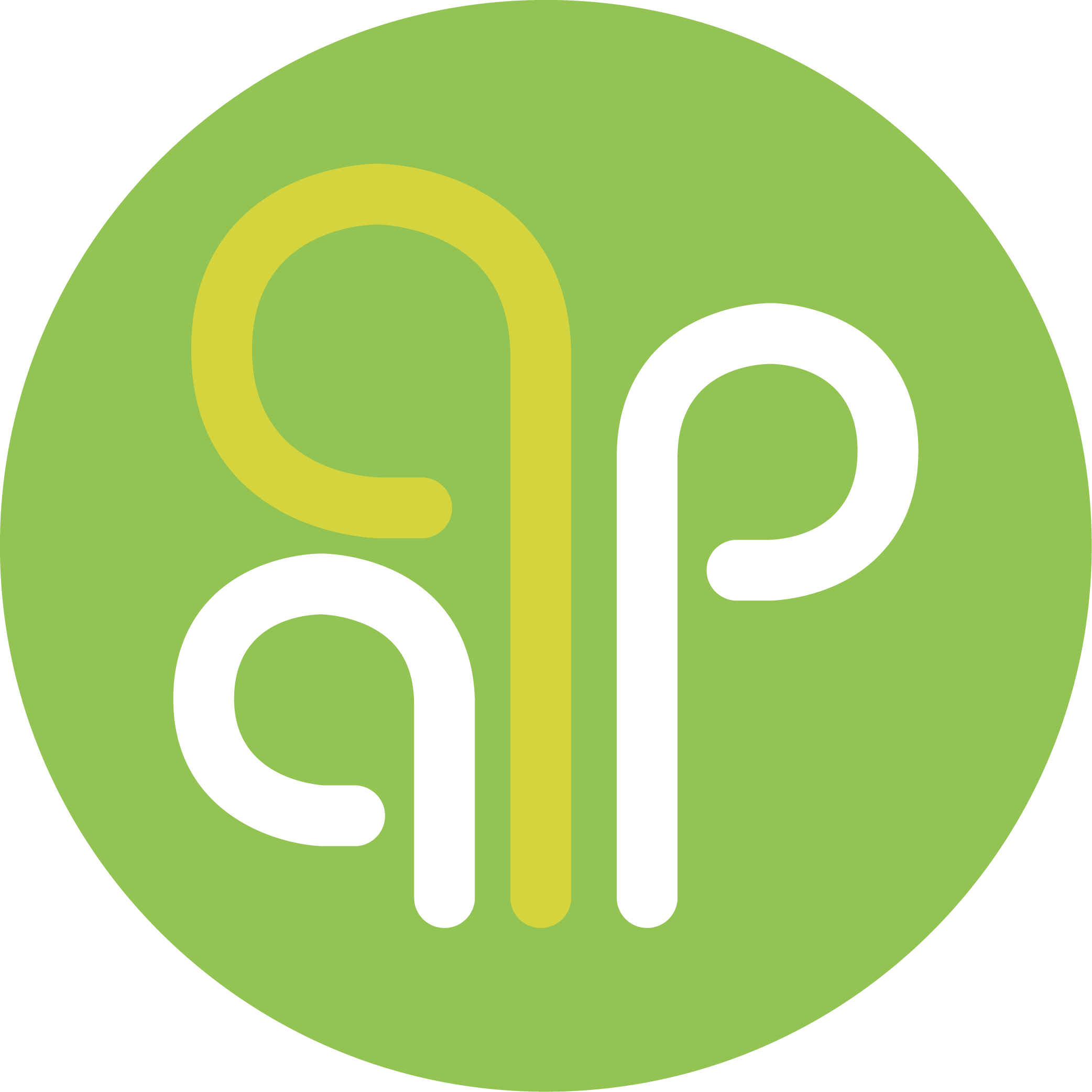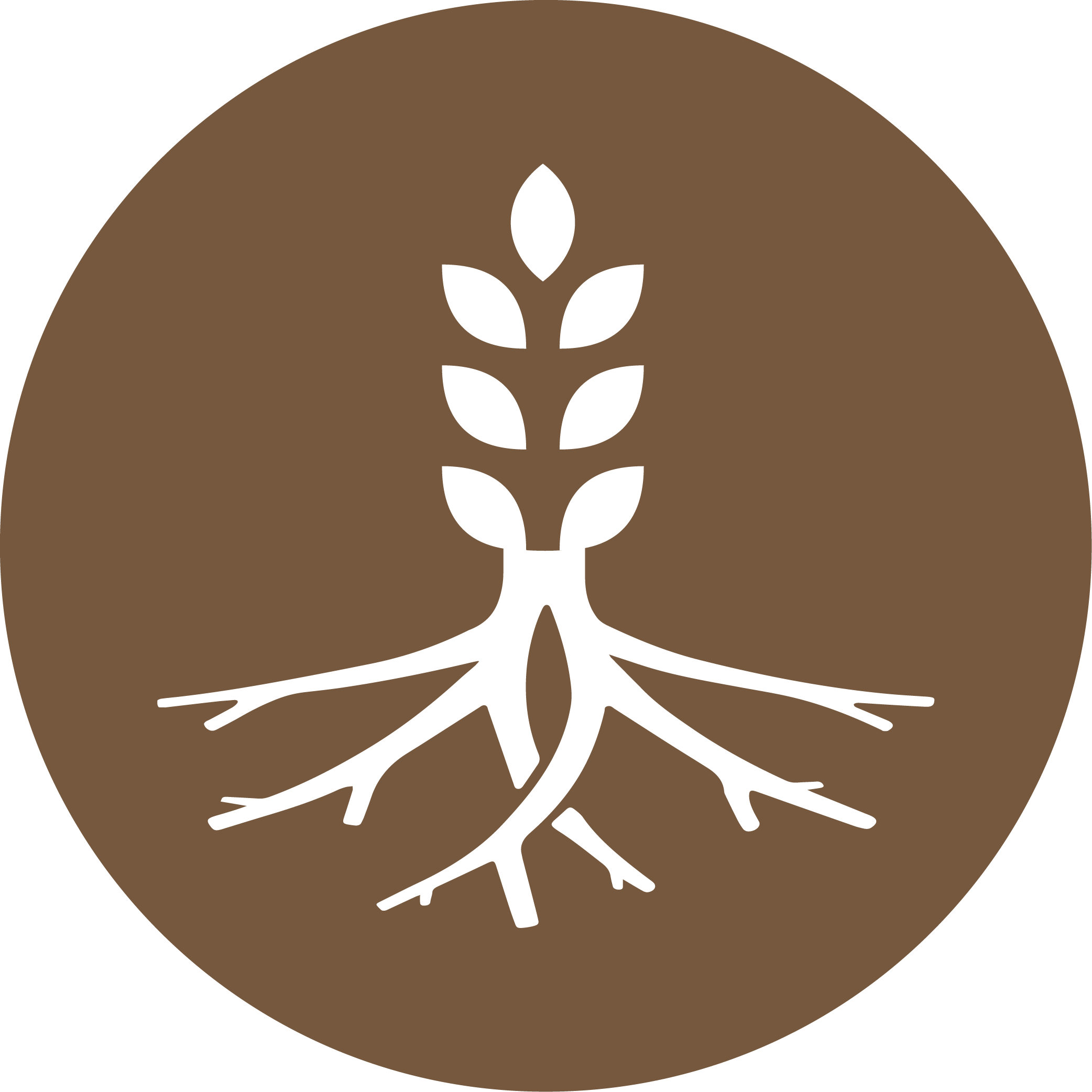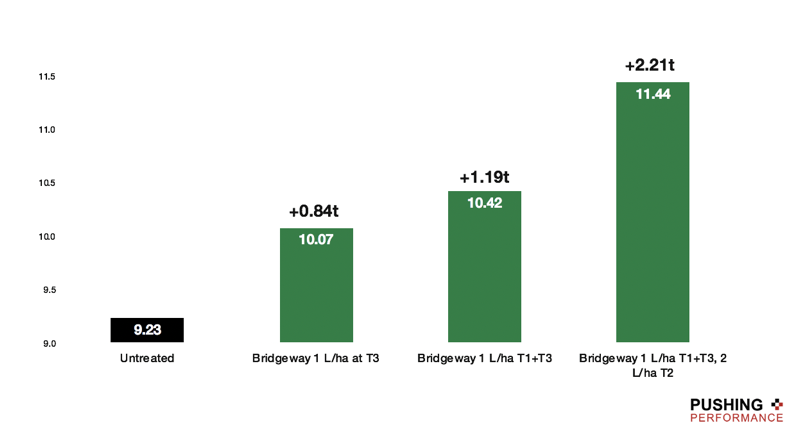Build grain quality with amino acids in Bridgeway and Zonda
After one of the toughest seasons in living memory for growers, biostimulants Bridgeway and Zonda may offer a last ditched attempt to salvage profitability by reducing stress and building grain quality as wheat growth moves from construction to reproduction.
For all milling varieties, regardless of Group, hagberg falling number, specific weight and protein are key quality characteristics, with a significant impact on the final flour quality. As the yields of milling varieties have increased in line with feed varieties, careful attention must be paid to crop nitrogen requirements. With wheat always using available nitrogen to create yield before building quality, if nitrogen is not in sufficient supply, you will never reach the point at which it is being used to increase grain protein content.
Role of amino acids in grain quality

After anthesis, the end of flowering in wheat, nitrogen is remobilised from senescing leaf and stem tissues to the developing grain, influencing grain protein content. Amino acids are the major form of nitrogen which is transported from the leaf to grain in wheat. Approximately 60–95% of the grain nitrogen at maturity relies on the remobilisation of amino acids stored in the shoots and roots of wheat, which is influenced by nitrogen supply. Feeding the crop amino acids during grain fill therefore offers the potential to improve quality (and possibly yield), by exploiting an improvement in nitrogen use efficiency.
How Bridgeway/Zonda can help?
Bridgeway and Zonda contain all amino acids required by plants in the L-isomer form which can be utilised. Feeding wheat crops Bridgeway or Zonda not only increases protein supply to the crop, it also supplies it in the most efficient form for remobilisation to developing grain. This offers the possibility to not only increase yield, but increase grain protein too. With pressure on farm profitability, the ability to reclaim yield and meet milling spec, against the back drop of lower wheat production and higher premiums, could make up some shortfall in lost earnings as a result of the difficult season.
In 2018, a drought stressed year for wheat crops much like 2020, T3 applications of Bridgeway increased both quality and yield in commercial winter wheat crops.
Bridgeway achieved protein spec in milling wheat
Agronomist Kieran Walsh looked at the effects of Bridgeway in Skyfall winter wheat. Treatments were applied at T1, T2 and T3, with crop health monitored throughout the season by taking leaf samples every 2 weeks to measure nutrient analysis. Photosynthetic efficiency was also assessed with a BRIX reader that measures sucrose – the energy produced by plants through the process of photosynthesis. The Bridgeway treated crop showed consistently higher macro and micro-nutrient levels despite the drought and heat stress, and BRIX levels were 23-39% higher at every assessment throughout May and June showing that Bridgeway had helped to increase the photosynthetic rate of the crop.
Despite the difficult season, the Bridgeway treated crop produced a 12.8% protein milling sample compared with the untreated crop at 11.7% protein. Bridgeway also gave a more consistent yield (assessed by combine yield meter). But it’s the grain analysis from treated crops that was really impressive, with increases in all the elements tested with the exception of copper. Read the full case study here.
Bridgeway increased T3 yield by +0.84 t/ha
Hutchinsons agronomist Sally Morris set out to determine the benefits of Bridgeway using a tramline trial within a commercial crop of feed wheat Relay, near Melton Mowbray. The 24m tramlines under test ranged from 534-570m in length from edge of headland to edge of headland, measured using GPS in the tractor.
Tramline 1 – Bridgeway was applied at T1 (1.0 l/ha), T2 (2.0 l/ha) and T3 (1.0 l/ha)
Tramline 2 – Bridgeway was applied at T1 (1.0 l/ha) and T3 (1.0 l/ha)
Tramline 3 – Received a single Bridgeway application at T3 (1.0 l/ha)
Tramline 4 – Untreated control.
It was a particularly difficult season on this heavy land site, clay with a low stone content. At T1 the crop was stressed due to waterlogging after the wet in early spring, and at T3 the opposite was true, with the crop suffering from drought stress.
A single application of 1.0 L/ha of Bridgeway at T3 increased yield by +0.84 t/ha. The tramline with the three treatments yielded significantly higher than the untreated tramline, with a 2.208 t/ha uplift in yield. All of the Bridgeway treated tramlines yielded higher than the rest of the field average. Read the full case study here.







